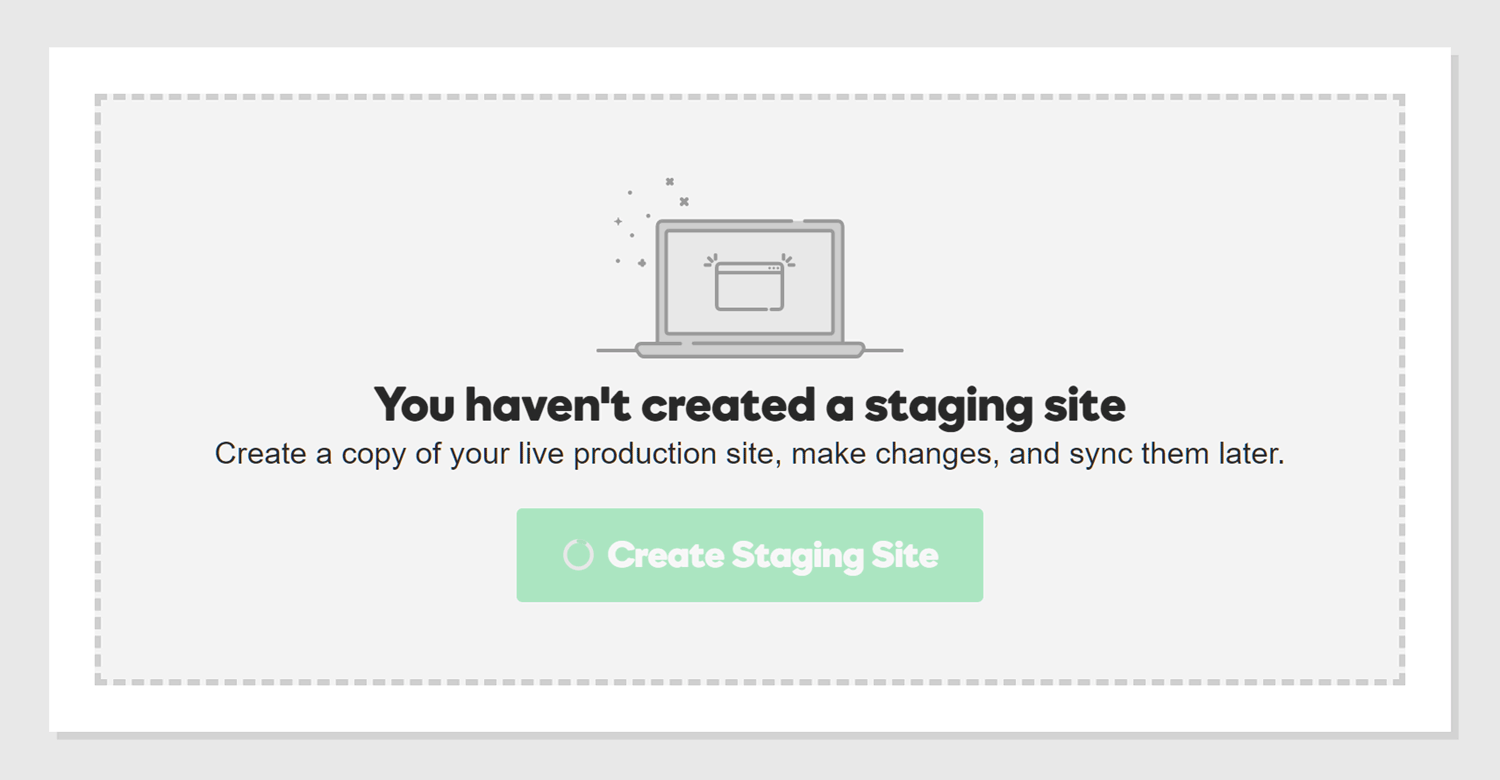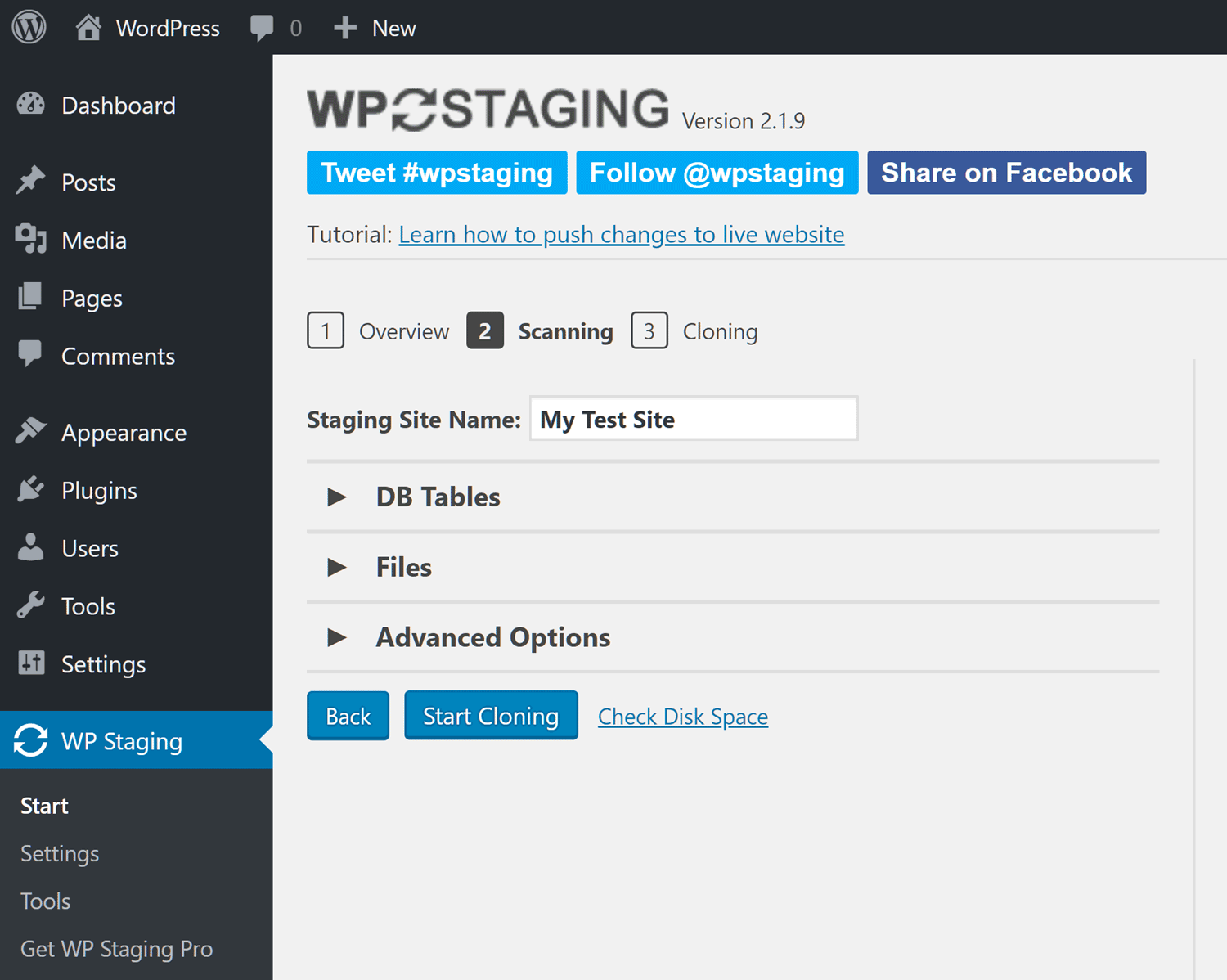One of the reasons WordPress is such a good choice for your membership website is the wealth of themes and plugins this software offers, not to mention all the customization options available to you.
With WordPress, you can make imprevements to your site with a new plugin, theme, or some custom code on your site.
And when it only takes a few clicks to completely transform the design of your site, add new features, or modify your site in some other way, why not experiment a little?
But there’s a problem. Despite the relative ease with which we can make wide-reaching changes to our WordPress websites, these changes can have unexpected effects members might not appreciate.
In this article, we’ll explain how you can work on your WordPress website without disrupting the user experience – something especially important when you have paying members.
What a Staging Site is and Why You Need One

As mentioned, if you try out new themes, install new plugins, or just tinker with the widgets and menus in WordPress, you could unwittingly put your site at risk.
Consider what a prospective new member may think if the site design suddenly changes, a feature stops working, or the entire website becomes unavailable.
At best they’ll think twice about entering their personal details; at worst, they’ll leave your site, never to return.
And it’s possible they’ll go on to tell others about their frustrations with your site.
All the above can occur if you start adjusting the core components of your website. And that’s why it’s recommended you use a staging site or development environment to test any changes you plan to make to your website.
As a membership-site owner, it’s even more important to not make changes to your live site and instead create a copy of your website only you and your team can access.
Your staging site is a safe place where you can do what you want without:
- Frustrating existing members
- Alienating new visitors
- Losing data, including customer transactions.
Then, when you’re satisfied that your changes haven’t caused any issues, you can transfer them to the live version of your site.
Sound good? Then read on to find out how to create a staging site for your WordPress membership website.
Check with Your Web Host

One of the benefits of choosing a platform that now powers over 30% of websites is that there are some excellent WordPress-optimized hosting packages available.
One of the features now common to these WordPress web hosts, including our top recommendation, Rapyd Cloud, is the ability to quickly create a staging site or testing environment based on your live website.
READ >>10 Best Web Hosts for Membership Sites on WordPress
The best staging-site services offered by web hosts make it easy to create a private test area push the test version of your site to the live hosting environment.

Thanks to this, you can take as long as you want and be as thorough as you need when testing out a new site configuration. Then, when you’re ready, you can make those improvements available to visitors and members in just a few clicks.
We highly recommend you check out whether your current web host offers this service. It may currently be part of your hosting plan or available as an optional upgrade.
Either way, using a staging site helps you avoid the inevitable problems that come with using your live website for testing and development.
Find a Suitable WordPress Staging Site Plugin

When choosing a WordPress plugin to set up a staging version of your site, you have two main options:
- a plugin built specifically for this purpose or
- a more general-purpose website-duplication plugin.
Let’s take a quick look at the pros and cons of each approach before listing a few suitable plugins.
A purpose-built staging-site plugin may seem like the obvious choice, but your options are more limited as there are fewer plugins of this type to choose from.
Plus, you usually don’t have as much control over the process and end result as you do with more general-purpose site-copying plugins.

The second option, a general-purpose site-duplication plugin, gives you more control over the entire process.
The best plugins in this category allow you to copy specific parts of your site, such as the database or content. They also give you more options for where the staging site is located, including a local WordPress installation or a private subdomain.
Although many of the best WordPress website-duplication plugins are free, they aren’t always as easy to use as commercial staging-site tools.
So if your web host doesn’t offer a staging-site service or you want to set up a testing environment yourself, consider the following:
- WP Stagecoach – a commercial one-click staging-site-creation WordPress plugin with lots of useful features.
- WP Staging – a free work-in-progress WordPress website staging-and-cloning plugin.
- Duplicator – a powerful but more complicated WordPress website-duplication plugin.
As you can see, if you’re prepared to pay for a premium plugin, the process is a lot easier. However, while the free options may require a bit more effort, they are certainly viable tools for creating a WordPress membership-staging site.
Final Thoughts
Hopefully you now understand the advantages of creating a staging environment for your WordPress membership website.
While it may be tempting to try and save time and just activate that new plugin or switch themes on your live site, at best, you could disrupt your visitors’ user experience; at worst, you could erase their recent activities or even cancel financial transactions midway through processing.
You may get away with cowboy coding on a small personal blog, but when you’re running a professional membership site, you have a greater obligation to care for your members, whether they’re paying for access or not.
How will you create a staging site for your membership website? Share your thoughts in the comments below.














I tested recently a staging site to test some plugins and debug. I have done it with Duplicator. The problem is that the duplicated website act completely as the original, members a receiving notification email from both version.
There’s a good plugin for that here: https://wordpress.org/plugins/stop-emails/
Good stuff, I use updraft plus and it has that ability to automatically backup the site before you do any major change on the live site or add/update plugins. It can get tricky at times using a staging site and maybe forgetting which one you are on when adjusting.